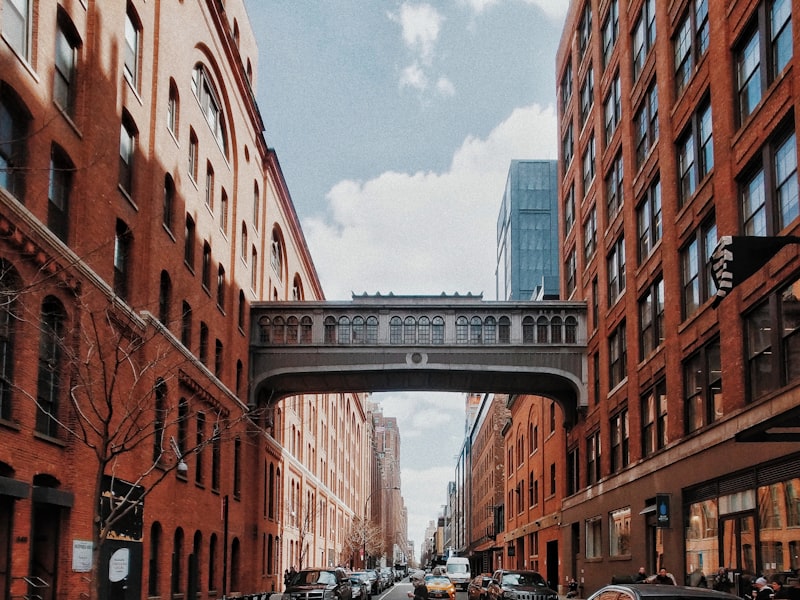How To Explain Raised Garden Beds To Your Grandparents

Raised Garden Beds for Vegetables and Herbs
A raised garden bed can be an easy-to-care-for focal point to the garden. These beds can be simple and spartan or ornate and elegant.
Set a stiff board across the span and use your level to test for the level of evenness from end to. Make adjustments as needed.
Put stakes in the soil about 18 inches apart along the long sides.
Size
Raised new garden are an excellent way to grow more vegetables and herbs in a limited space. They are less maintenance-intensive than in-ground plants, especially for those with back problems or other physical limitations. You can build your own raised beds, or purchase a prefabricated set from garden centers or home improvement stores. Some of these kits come with wooden frames that make an easy, but stylish addition to your garden or patio. Other kits are constructed of composite materials that are resistant to the effects of insects and rot, and require minimal care.
Find out the size of your raised bed by analyzing the available space and your needs. If you want to plant deep-rooted plants such as potatoes or carrots, you'll have to dig deeper. Because of this, it is essential to plan for a minimum of 12 to 24 inches.
The width of the raised bed is also important to take into consideration. You will need enough space to work in the middle of the bed, without getting in the way of plants. The beds that are raised should not be more than four feet wide. Any wider and you will struggle to reach the middle of the bed to plant or harvest weeds, plants, or even harvest.
Once you've decided the dimensions of your bed, it's time to begin building. To begin, lay out two new boards along an angle of framing and mark them for drilling. Remove the boards and drill holes in the places you marked. Attach the new boards to the framing angle with washers, hex screws, and nuts. Repeat the process with the remaining boards until the frame is completed.
If you intend to plant in a spot that is subject to a lot of water runoff, you may need to incorporate a way to divert the water from the garden or select a different spot altogether. The water that pools in the garden will eventually wick into the soil and eventually drown the roots over time, even though the raised beds keep the soil higher off the surface.
Some people put a liner on their gardens to insulate the soil, assist in controlling weeds and keep out creatures like rabbits and slugs. If you decide to line your garden, make sure that the liner is safe to contact food sources.
Materials
The materials used in the construction of raised garden beds are a key factor to take into. If you plan to plant edibles, choose a rot- and pest-resistant type of wood. Be aware of how the wood has been treated and if it has chemicals which could leach in to the soil. Many older pressure-treated lumbers were preserved using chromium copper acetate (CCA) which is a compound which contains arsenic. This kind of lumber which contains CCA, is no longer safe to use in gardening because it could leach into soil and contaminate nearby plants. Newer pressure-treated lumber is typically preservatived with borates or alkaline copper quaternary (ACQ), both of which are safe for gardening, according to Oregon State University Extension.
Wood pallets can also be used to construct raised gardens. Beware of pallets with the letter "MB" since this refers to methylbromide, a pesticide that has many applications and can be harmful to water and soil. It is also an ozone depleting agent that can damage the environment as well as human health.
Redwood and the redwood species can be used to build raised beds. However, they're more expensive than other types. If you're looking to save money, consider using pressure-treated lumber but cover the insides of the beds with a heavy layer of plastic to prevent the leaching of chemical preservatives into the soil.
Other options for building raised garden beds are concrete blocks, cinder block, and bricks. There isn't much research on the safety of these materials when used to grow vegetables.
You should consider enclosing garden beds with a tall fence if you live in a place that is prone to rabbits or deer, or other burrowing foraging animals. These animals can ruin an elevated bed in just a few minutes. You can use 3-foot tall corner posts wrapped in chicken wire all the way around, or you can frame a proper enclosure with doors. If you do decide to enclose the beds, keep in mind that they must be left open enough that pollinators, such as birds, can access their plants to eat nectar and seeds. You can also use an inch of 1/2 1/4'' or 1/4"' hardware cloth on the bottom of the bed before adding soil, in order to stop animals from digging.
Drainage
Most plants and vegetables require lots of sun and well-draining soil. If you're planning to use raised beds to plant your garden, be sure to select a spot that receives at least eight hours of sunlight a day. If you live in a shaded area, choose shade-loving veggies and herbs such as parsley, the chives, and arugula.
When you construct your raised beds, fill them up with topsoil that is free-draining and of good quality. Avoid using treated wood with chemicals as they can leach into the soil. Use cardboard or newspaper to line your raised bed. This will help to insulate soil and keep pests out, and prevent weeds. To reduce time spent in the garden, make sure to keep your beds weed-free if don't line them.
Hugelkultur is another way to improve drainage for your garden beds that are raised. This method involves building a mound inside the beds of organic material to increase the activity of microbes and improve the soil's quality. Materials that work well include large decaying branches, sticks grass clippings and coffee grounds. As this material decomposes, it produces a rich compost that can be added to beds.
Cover crops, which are perennial plants that are cultivated to improve the health of the soil they can also aid in drainage problems in raised beds. Clover is a great choice, as its deep tap roots break up compacted dirt and add nutrients. Other options include buckwheat, Fava beans, rye, and.
If you want to add some extra drainage improvements to your garden beds raised think about using rock minerals such as limestone and gypsum. These rocks balance out the soil's pH, which in turn promotes nutrient uptake and enhances water retention.
It's crucial to be aware of the methods to test this. Too much moisture can be the death of raised beds. When you water your garden using a level, see whether the soil is evenly moist across the surface of the bed. If not, you can water the bed less until it's.
Planting
There are many options to line raised beds, including cardboard, newspapers and mulch, compost, shredded grass, leaves, concrete, and other materials. The best lining material depends on what the bed will be being used for and what the conditions for growing are in your region. If you plan to grow vegetables that need lots of water in a loose soil you can use crushed stone or gravel as the bottom layer. This will ensure good drainage and prevent the soil from settling too fast.
A layer of organic mulch also helps to insulate the soil, suppress weeds and maintain proper temperature of the soil. It can also help improve soil fertility by allowing the plant roots to break down the organic material and incorporate it into the soil. It is recommended to apply the mulch after the soil is planted to decrease the number of weeds.
Plants are usually planted more extensively in raised beds since the area of the plant is smaller. This reduces the number of weeds to a minimum and allows the crops to be grown with less watering. Additionally, the density of plants means that any weeds that do crop up will be competing for space and nutrients, not for sun and water.

Before making soil, it is suggested to cover the bottom of the raised bed with 1/2'' hardware cloth if the area is prone moles or other burrowing insects. It can be stapled to the bottom of the frame, or in some cases, buried deeper into the ground.
It is also recommended to put in a "spanner board," a short board that is longer than the height of the bed. It can be used for seats or to put buckets of water as well as other gardening tools while weeding or tending the crops. To lessen the need for herbicide, a weed barrier can be placed on top of garden beds that are raised.
